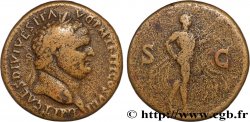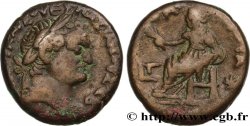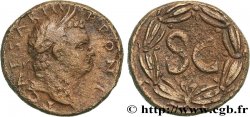bpv_569680 - TITUS Diassaria
Not available.
Item sold on our e-shop (2020)
Price : 150.00 €
Item sold on our e-shop (2020)
Price : 150.00 €
Type : Diassaria
Date: 77-78
Mint name / Town : Stobi, Macédoine
Metal : copper
Diameter : 26 mm
Orientation dies : 7 h.
Weight : 9,26 g.
Rarity : R1
Coments on the condition:
Exemplaire sur un flan bien centré des deux côtés. Belle tête de Ttitus. Joli revers. Patine verte
Catalogue references :
Obverse
Obverse legend : T IMP VESPASIANVS AVG F. COS VI.
Obverse description : Tête laurée de Titus à droite (O*) ; globe à la pointe du cou.
Obverse translation : “Augustus Cæsar Marcus Aurelius Antoninus”, (L’auguste césar Marc Aurèle Antonin).
Reverse
Reverse legend : MVNICIPIV-M - STOB-ENSI-VM.
Reverse description : Temple tétrastyle posé sur deux degrés surmonté d’un fronton triangulaire orné d’un globe avec acrotères ; au centre du temple statue cultuelle.
Reverse translation : “Municipium Stobensium”, (Ville de Stobi).
Commentary
Les auteurs du Roman Provincial Coinage ont recensé quinze exemplaires avec un poids moyen de 8,65 g, un axe des coins à 5 ou 6 heures et un diamètre moyen de 25 mm. Au revers au centre du temple, Varbonov y voit Asclépios et les auteurs du RPC plutôt une statue de Zeus.







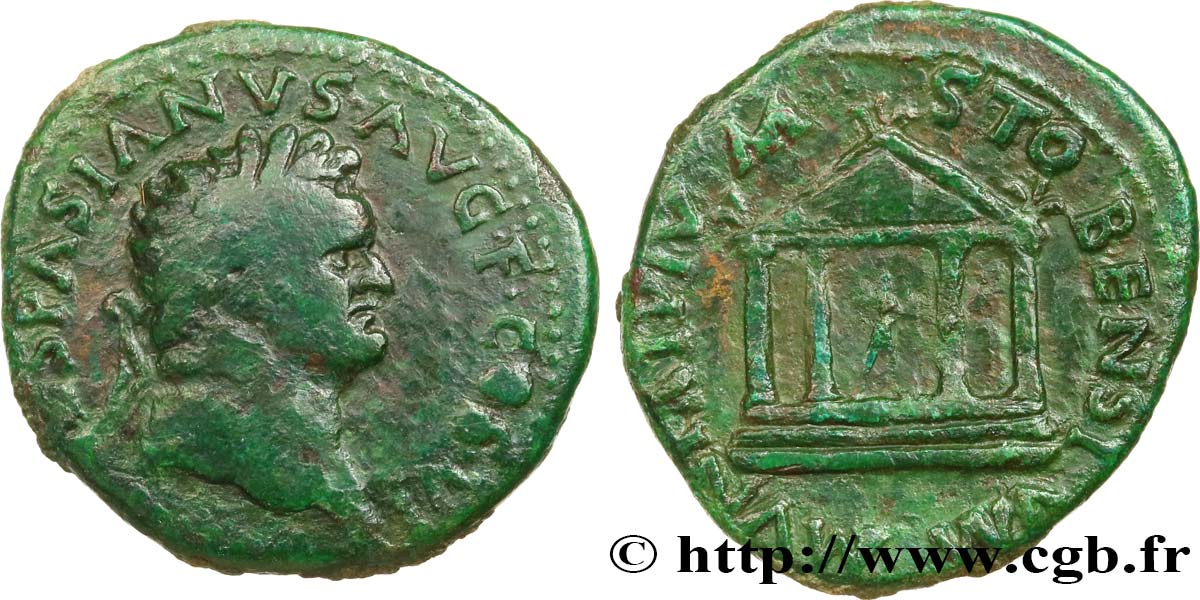
 Report a mistake
Report a mistake Print the page
Print the page Share my selection
Share my selection Ask a question
Ask a question Consign / sell
Consign / sell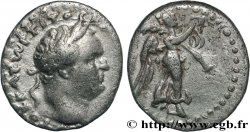
 Full data
Full data